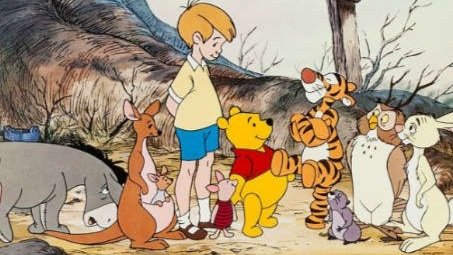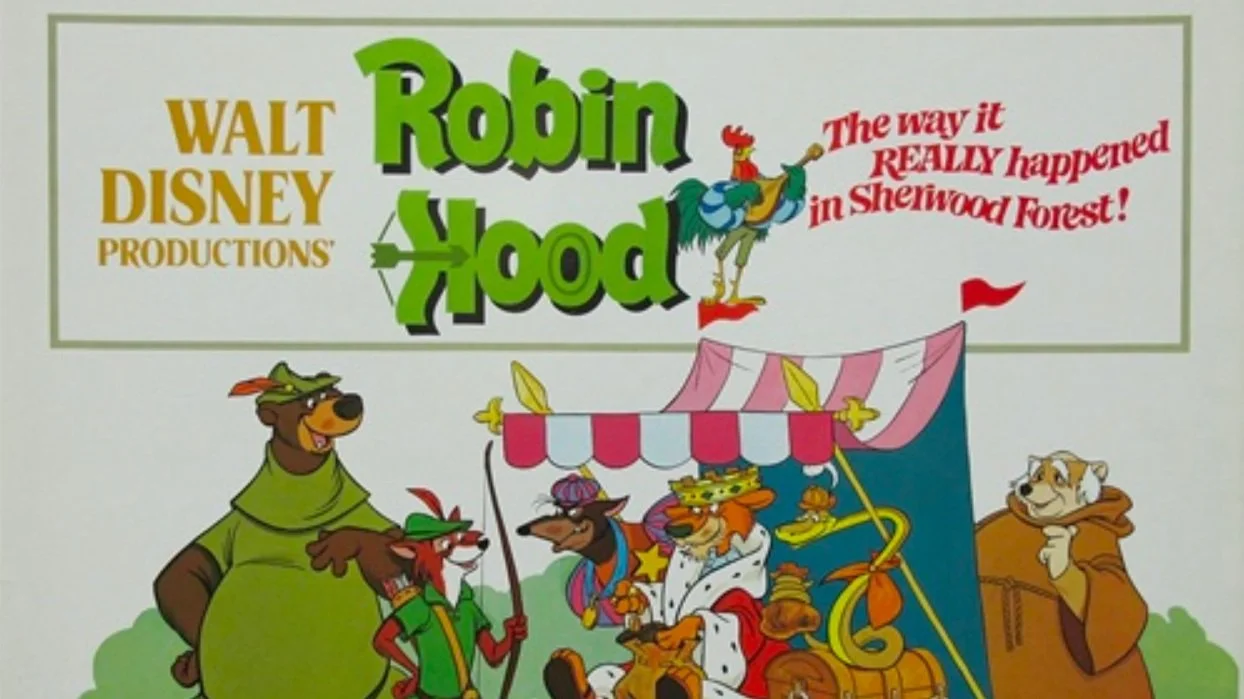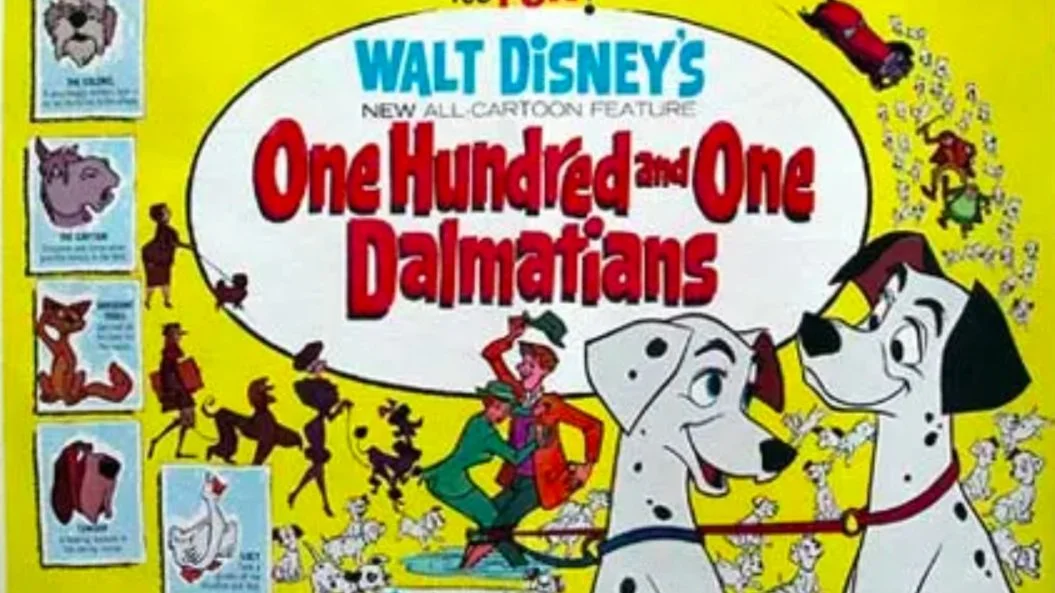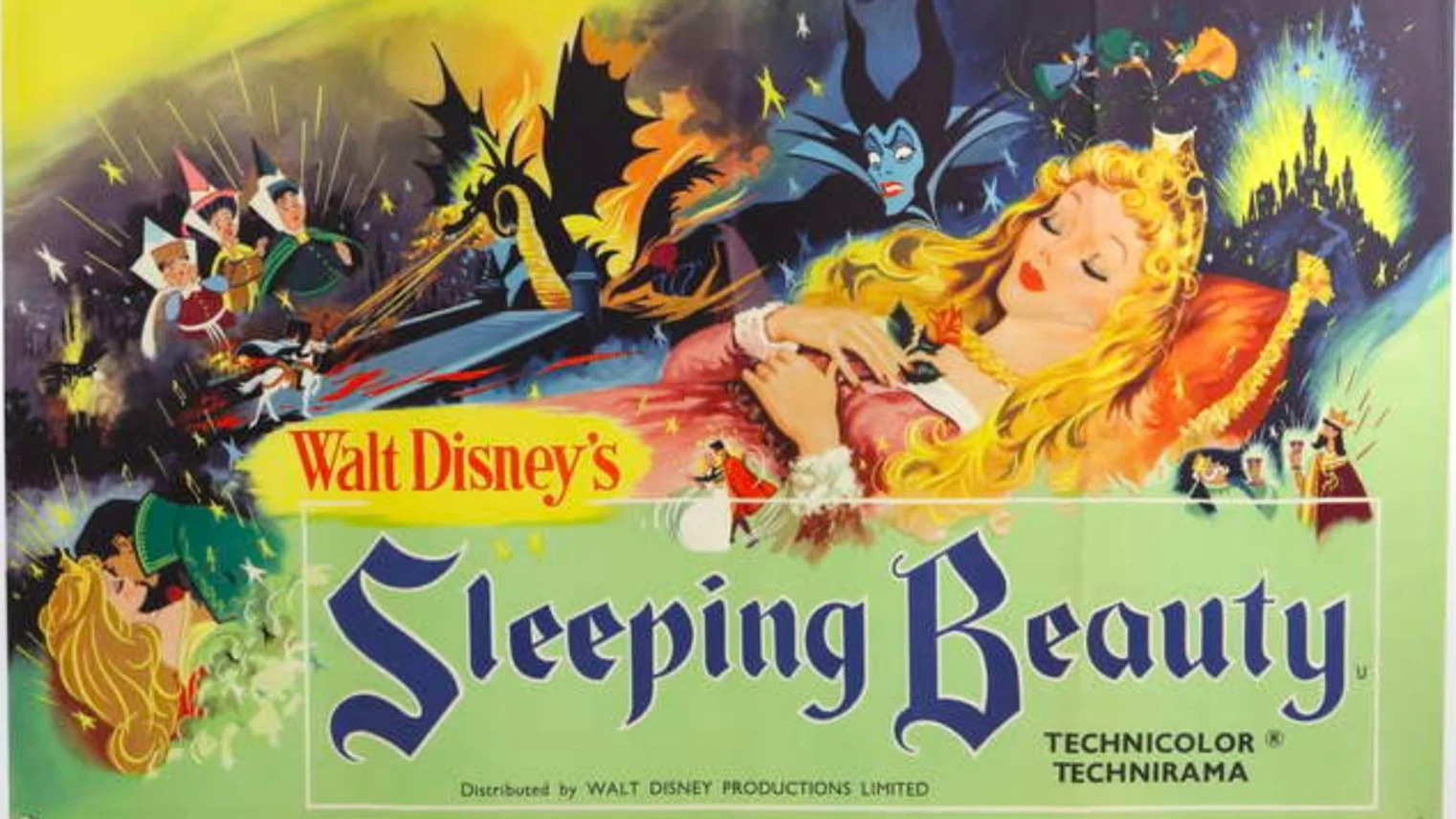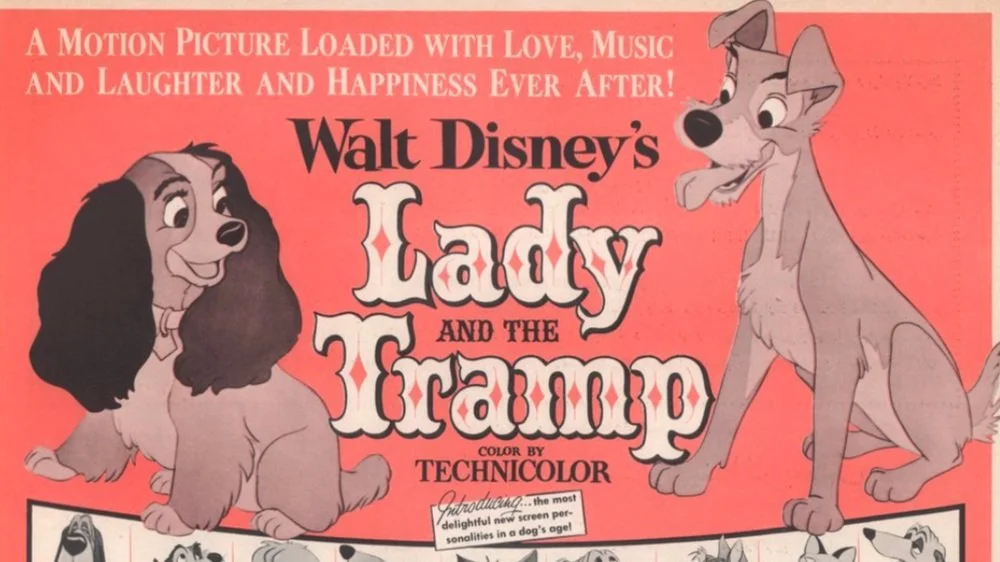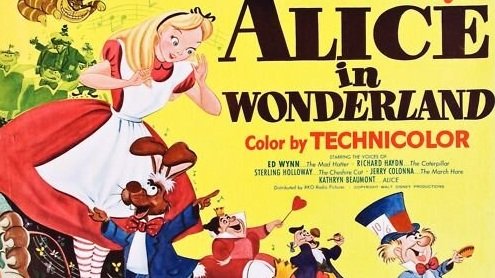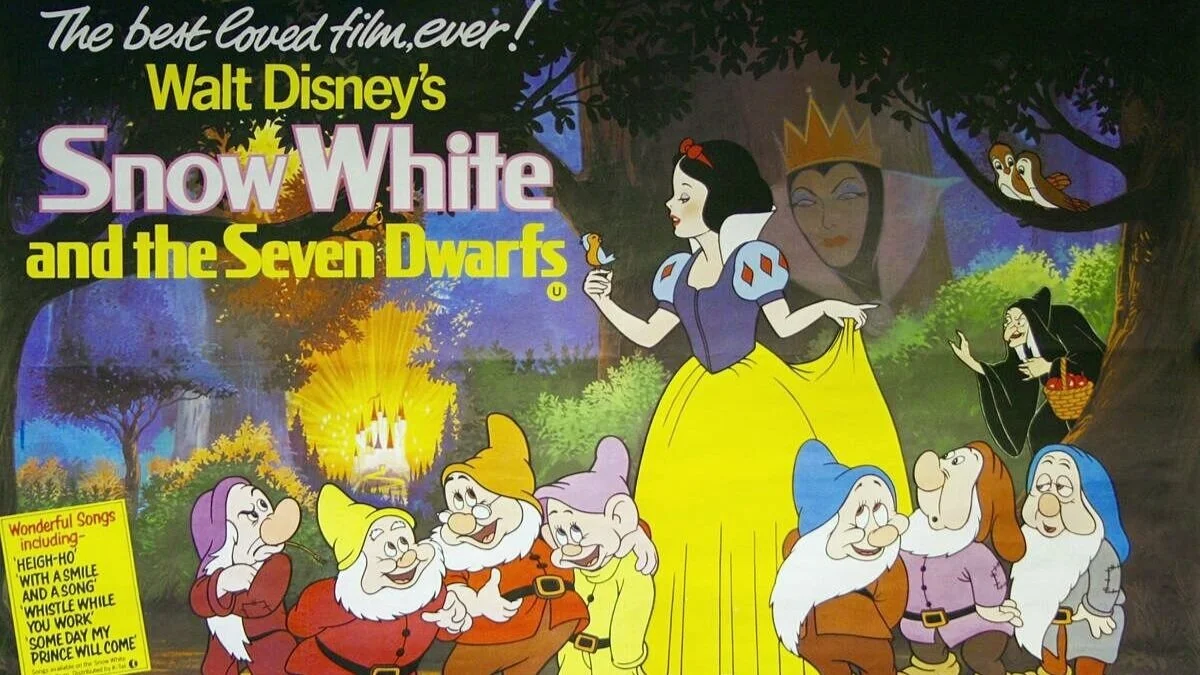Beginner’s Guide to Alfred Hitchcock: The Manxman (1929)
Two guys and one girl in a love triangle It’s a romantic plot we’ve seen dozens of time throughout cinema history. Even Hitchcock has done his own versions of it with films like Downhill and The Ring. He even took the story into a more sinister, less romantic direction—Blackmail, Shadow of a Doubt, Psycho. In his final silent film, The Manxman Hitchcock offers a fairly typical romantic melodrama, and yet the film is quite stylish and engrossing. The plot is a familiar one, seen in the first Best Picture Oscar winner Wings (1927) and through the 21st century in films like Pearl Harbor (2001). The Manxman, starring Anny Ondra, Carl Brisson, and Malcolm Keen, is based on the popular 1895 Hall Caine novel of the same name from, adapted for the screen by Eliot Stannard (one of eight screenplays he wrote for Hitchcock).
Pete (Brisson) and Philip (Keen) are best friends who live on the Island of Man. Pete is a poor fisherman, while Philip is being groomed to be a court magistrate. Pete and Philip are both in love with Kate (Ondra), who is very interested in Pete. Kate’s father Old Caesar (Randall Ayrton) disapproves of their plans to marry, citing that Pete is too poor. So Pete moves to Africa to get rich. Philip promises to look after Kate, who in turns falls in love with him. When news arrives that Pete has died, Philip and Kate consummate their love. But Pete turns out to be alive and returns as much in love with Kate as ever.
Alfred Hitchcock was not fond of this movie. Like so many of his early romantic dramas, he thought it wasn’t where his interest was. He even told Francois Truffaut that it was “banal.” While the movie won’t hold the interest of someone looking for a classic Hitchcock thriller, I found it to be a very visually inventive and passionately performed melodrama. The story itself might be predictable to some, though the three actors show conviction in their roles. I usually find it hard to engage with silent cinema, especially films that would work better as “talkies.” Much like Hitchcock’s The Ring, The Manxman is engaging thanks to its well-told story and strong actors.

There are many Hitchcockian touches; my favorite part of the film is Hitchcock showing Philip and Kate developing their romance through close-ups of her diary. At first, Kate calls Phillip “Mr. Christian,” but eventually she calls him by his first name. It’s a neat way to show the passage of time, and to emphasize that Kate is really falling in love with Phillip. It’s not just a childish flirtation like she had with Pete. The weight of their love story makes the following events more tragic. The film also features beautiful on-location shots of the island. Hitchcock juxtaposes those with the ugliness within the classism and hypocrisy within the town.
As Hitchcock left the silent era, he made a film that is interesting and dramatically compelling. The Manxman won’t quite entice all viewers but it does hold some interesting visual touches. The ending is surprisingly bittersweet. Hitchcock manages to keep the audience in the grey about who Kate should end up with. Neither fellow seems to even hear her, so when Kate makes her choice it is more solemn than romantic. The Manxman is a solid romantic drama, and it offers some pleasures for a Hitchcock aficionado. The film is currently streaming on FilmStruck.
Show Notes on Episode 18.
Before No Time To Die, Marcus goes through the previous four Daniel Craig James Bond films.
Marcus returns to finish his contractually obligated column leading up to the release of the new James Bond film that was delayed for obvious reasons.
Frank Capra and Robert Riskin’s prophetic take on Fake News, mob mentality, and certain presidential campaigns.
In the first of her new column, Sarah looks at how a classic from the past speaks to the shattered present.
Show notes on Episode 6.
On how Leigh Whannell’s film treats its central final girl, for good and bad.
On witches in horror; more specifically, those in Luca Guadagnino’s Suspiria.
From suffering to a smile, and the bodies piled up along the way.
On how Coralie Fargeat’s debut feature shifts away from the traditional male gaze leaving behind the gratuitousness.
How Ari Aster’s debut film defies the lazy ‘possessed woman’ characterization.
On the female hero and villain dynamics of Jordan Peele’s film, and how they’re flipped.




